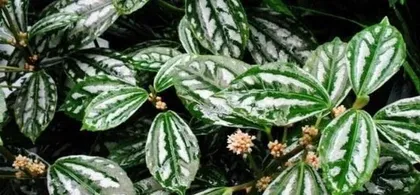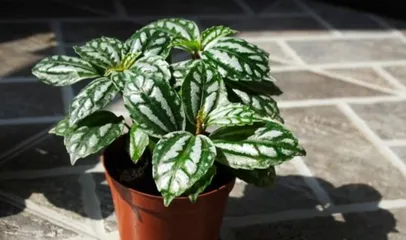Cold water flower is a beautiful aquatic plant, widely used for creating water features, flower beds, and gardens. They are not only ornamental but can also effectively remove harmful substances from ponds and pools. However, many people do not know how to properly plant and care for cold water flowers. This guide will provide you with comprehensive methods for cultivating cold water flowers to help you create charming water features.

Understanding Cold Water Flowers
Cold water flower is an herbaceous plant with green or red leaves and mostly pink or white flowers. They thrive in sunny locations. Cold water flowers are divided into two types: floating-leaved and submerged-leaved.
Selecting Healthy Cold Water Flowers
Selecting healthy cold water flowers is crucial to ensure smooth subsequent care. Choose plants free from pests and diseases, with fresh, green, glossy leaves and no rotten flowers. Also, pay attention to selecting varieties suitable for the climate of your region.

Preparing the Cultivation Container and Soil
Cold water flowers can be planted in various containers such as plastic pots, barrels, or ponds; choose a container of appropriate size. Cold water flowers prefer fine sandy soil, which can be mixed with an appropriate amount of leaf mold and sand.
Planting Cold Water Flowers
Place the soil in the cultivation container, place the roots of the cold water flower into the soil, and cover them with a layer of soil. Then place the container in a pool or pond to ensure the roots can absorb sufficient water and nutrients.
Light and Temperature
Cold water flowers need plenty of sunlight for propagation and growth. If kept indoors, place them near a balcony or window. In terms of temperature, the most suitable temperature for cold water flower growth is around 20°C.

Fertilization
Cold water flowers require regular fertilization; you can use organic or artificial fertilizers. Fertilize once or twice a month is sufficient. Avoid over-fertilization to prevent water pollution.
Water Changes and Keeping it Clean
It is necessary to regularly change the growing environment of cold water flowers, which can be done by regularly changing the water in the pond or pool. Keep it clean, avoid fallen leaves and other debris from polluting the water, and prevent the decay of aquatic plants.
Preventing Pests and Diseases in Cold Water Flowers
Cold water flowers are susceptible to pests such as mosquitoes and water fleas, and corresponding measures need to be taken for prevention and treatment. You can use appropriate amounts of insecticides or herbal plants for control.
Pruning
Cold water flowers require regular pruning to maintain their beautiful shape and to prevent them from shading other plants or blocking water flow. When pruning, be careful not to damage the buds of the flowers.
Timely Transplanting
As cold water flowers grow, they may need more space. If the roots of your cold water flowers start to protrude, it means they need to be transplanted. When transplanting, carefully clean the roots and move them to a new container.
Winter Care
In winter, when the water temperature drops below 12°C, the growth rate of cold water flowers will slow down. At this time, you can reduce fertilization and light exposure while keeping the water clean.
Protecting the Water Body
The environment where cold water flowers grow needs regular inspection, including checking the water quality and flow of the pond. Ensure the water body is not damaged by excessive pollution or fishing activities.
How to Propagate Cold Water Flowers
Cold water flowers can be propagated by seeds or by cuttings. Cut the stem of the cold water flower, place it in water to allow it to root, and then transplant it to a new container.
Common Problems and Solutions
If the leaves of the cold water flower turn yellow or wilt, it may be due to lack of water or nutrients. If root rot is found, promptly replace the soil and clean the roots.
Through this guide, we can learn how to select, plant, and care for cold water flowers. By following the correct methods, you can create beautiful water features and enjoy the beauty that cold water flowers bring.